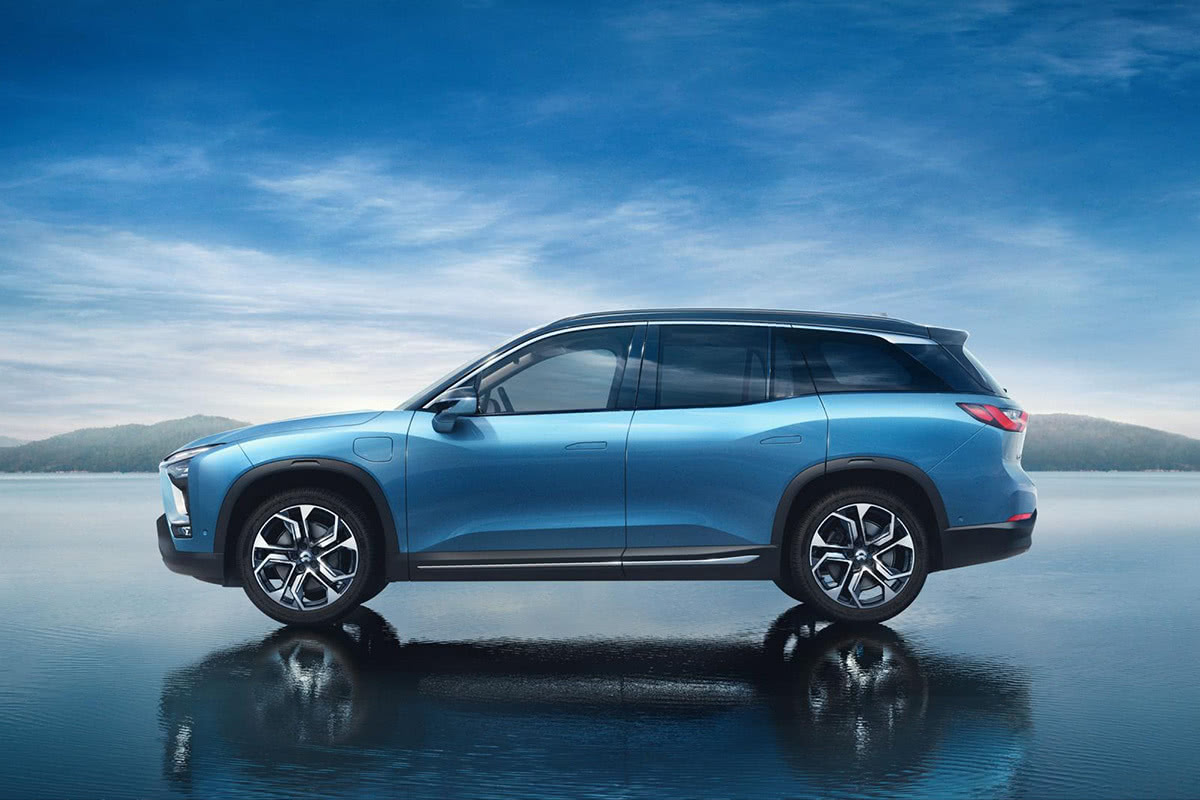On November 27th, the 10,000th NIO ES8 was produced, marking a small milestone for the company.
Increasing Production Capacity
The first topic concerns NIO’s efforts to increase production capacity.
In the automotive industry, increasing production capacity can generally be divided into three categories. The first is new vehicle production for traditional automakers, which relies heavily on supplier support. This is not necessarily a problem, but it is a characteristic of the mature automotive industry where professionals handle specialized tasks. For example, although the Chevrolet Bolt is an electric vehicle, 90% of its powertrain and infotainment system components, including those for the three electric systems, are supplied by LG Chemical and LG Electronics.
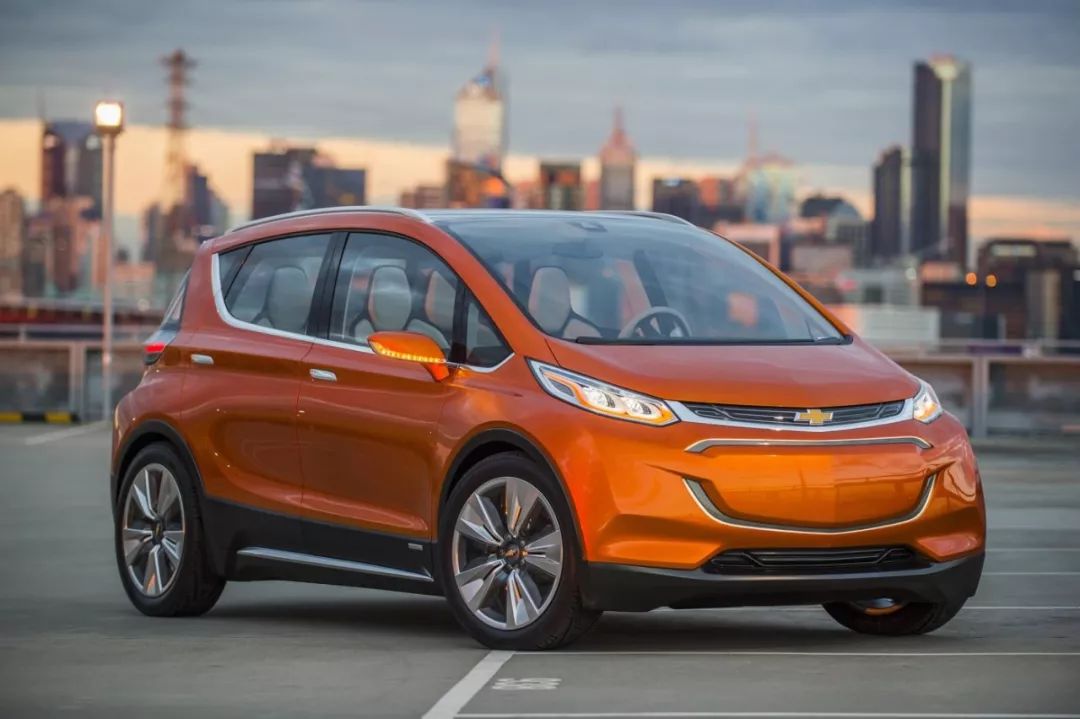
The other extreme is the Tesla Model 3, which uses a large number of semiconductor chips to reduce the length of high-voltage wiring harnesses by 48%. Components such as the battery management, charging control, DC-DC converter, and power distribution unit (PDU) are all integrated, and Tesla independently researches and produces everything from battery cells, modules, and packs to even seats. The Model 3 also uses only a mere 10,000 parts.
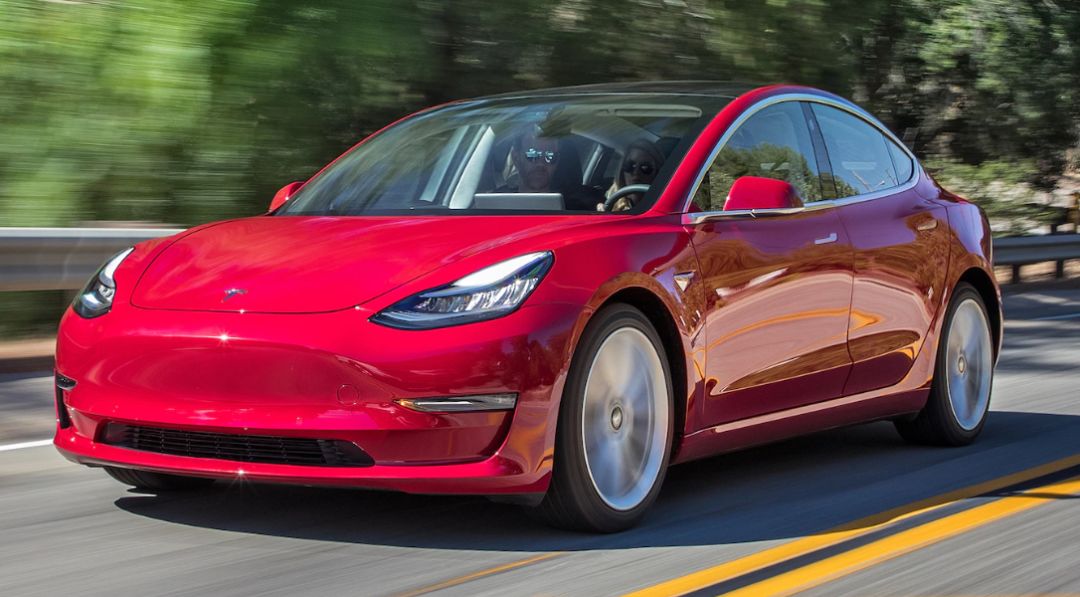
As a result, the production capacity of the Model 3 depends more on Tesla’s ability to scale production capacity and control quality in-house, from R&D to a full ramp-up to produce 5,000 or even tens of thousands of vehicles per week, rather than on the supplier’s management ability. From this perspective, Tesla is to some extent a competitor to its own suppliers.
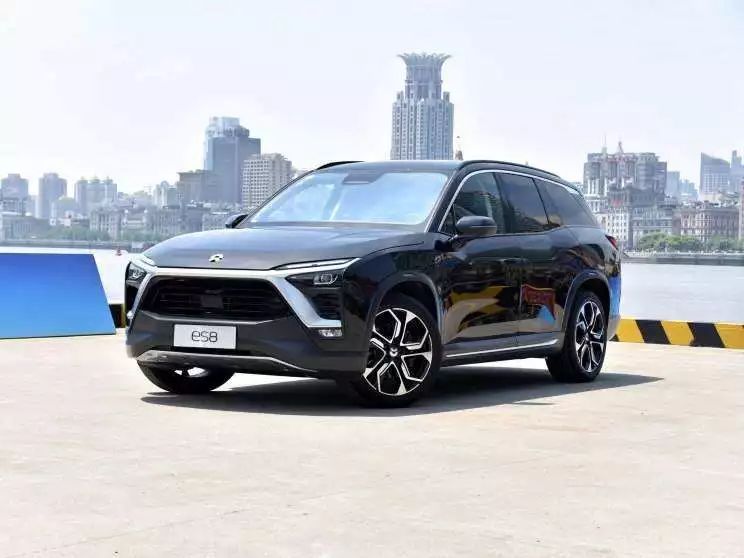
In contrast, the NIO ES8 falls somewhere between the Model 3 and the Bolt. Although NIO is not as radical as Tesla in terms of vertical integration, Li Bin has repeatedly stated that NIO has independently developed the core components of intelligent electric vehicles, such as the motor, electric control, battery pack, gateway, ADAS, and intelligent cockpit. For those components that it has not developed, the ES8 uses the latest parts from various suppliers. “Latest” means there may be issues with production capacity ramp-up.Is it because NIO did a lot of preparation work to ensure the smooth production? Do you remember that on December 16, 2017, NIO released its first vehicle, the ES8? Ten days later, NIO brought in Shen Feng, the global CTO of Polestar from Volvo, as well as the president of Polestar China. What role will he play in NIO?
Shen Feng will serve as NIO’s vice president of quality management and chairman of the quality management committee, in charge of quality management for all of NIO’s products throughout their entire life cycle from research and development to production and delivery, reporting directly to Li Bin, the chairman and CEO.
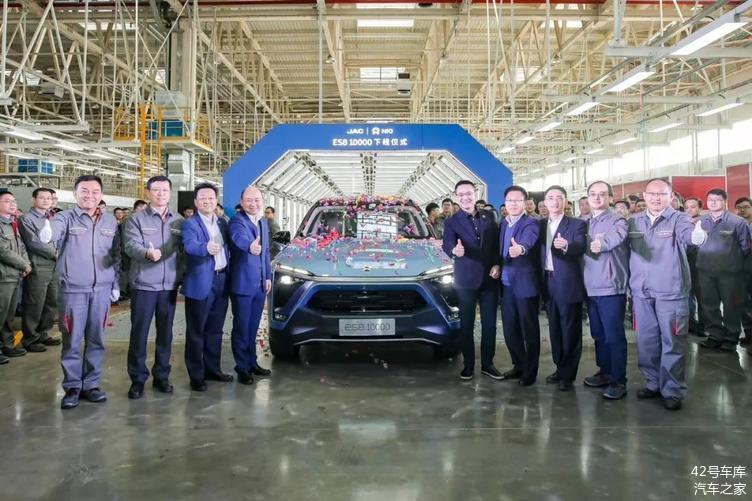
From Shen Feng’s joining NIO to the ES8 production taking less than two quarters. The final result was that NIO delivered 100 ES8s in Q2, 3268 in Q3, and according to the financial report guidance, the Q4 delivery guidance was 6700-7000.
Therefore, although directly comparing the delivery data of ES8 and Model 3 to judge the production capacity of the two companies is biased, from an absolute data standpoint, it took less than two quarters from the official production to the offline of the 10000th ES8. This is a remarkable achievement for a new car company, and we can also expect other new car companies to perform as well.
User Operation
The second topic is users.
Making cars is one thing, but being able to sell them is another. The first group that comes to mind when I think of the number 10000 is the NIO ES8 owners.
The day after the release of the NIO ES8 at last year’s NIO Day, Li Bin thanked “every friend who has supported NIO in the last three years” on Weibo.
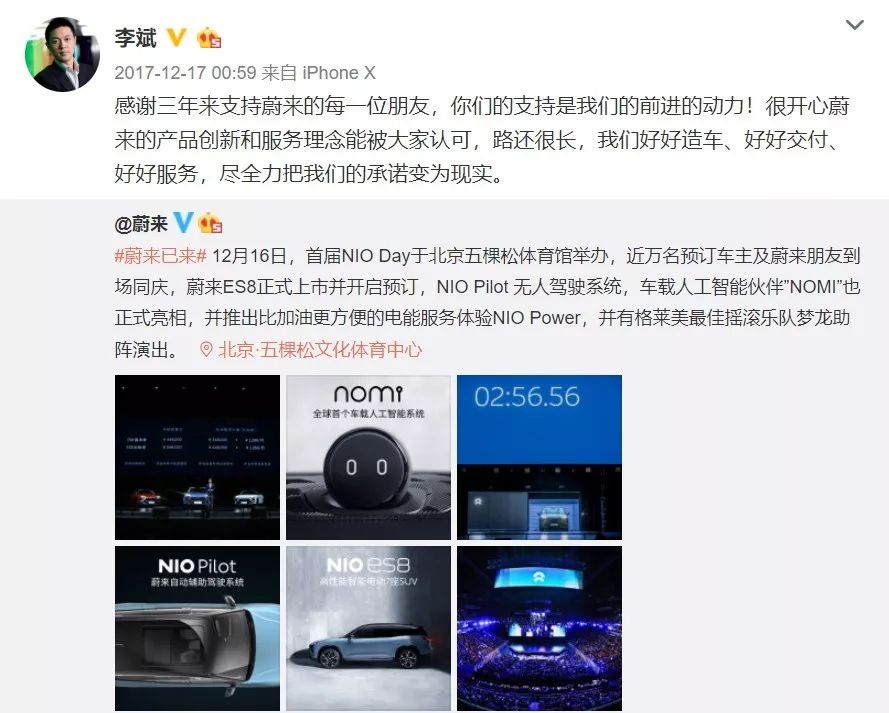
This title is very broad. “Friends who support NIO” may include investors, suppliers, manufacturing partners like JAC, and the most crucial group, the first batch of users who are willing to pay for the ES8.
This is a new car brand that has only been established for four years. Prior to the release of the ES8, NIO had zero experience in mass-producing cars. The ES8 itself, in terms of product positioning, performance, and configuration, has reached a height that domestic car manufacturers such as SAIC and Geely have never achieved before.
It is obvious that such a product strategy carries enormous risks. Once there are significant challenges in mass production, supply chain problems, cash flow constraints, delivery delays, user dissatisfaction or major safety issues, as soon as any one of them happens, NIO will sustain a significant blow.
Fortunately, Chinese consumers have great tolerance and recognition of new brands in the market. This phenomenon has made WM Motor determined not to enter Europe first, made the two founders of Byton choose to start their business in China, and enabled NIO, with its ES8+ product that still needs improvement, to obtain recognition from the majority of its users thanks to its outstanding service.
According to Li Bin’s statement during the NIO Q3 financial report meeting, after delivering 5,300 ES8s, NIO still has approximately 10,000 early orders remaining (including about 8,000-9,000 Founder’s Edition orders).
Judging from this data, NIO has been successful. There is a widely circulated doubt that the vehicles of new car companies are only bought by “insiders,” but considering that NIO’s employee scale is less than 8,000, and even if suppliers and investors are added, the scale of over 15,000 orders finally makes us cautiously believe that NIO has begun to attract peripheral users.
Tesla CEO Elon Musk’s first sentence in almost every quarterly financial report meeting is to thank the users. It is their firm support that has helped Tesla to come this far. During the Model 3 launch event, a group of Tesla old car owners were invited to witness the launch. At the end of the event, Elon specially thanked the old car owners: “Thank you for buying the Model S and Model X. With your support, we can start developing and producing Model 3.”
This sentence also applies to NIO, as NIO is also familiar with the Tesla way. On NIO Day 2018 on December 15, NIO reserved 5,000 tickets for ES8 owners, which is half the total number of seats in the venue. If the 10,000th ES8 is not delivered smoothly, the launch of ES6 will not proceed as quickly on this year’s NIO Day.
ES8 is a decent intelligent electric vehicle, but it has its shortcomings. We look forward to seeing if ES6 can make up for the shortcomings of ES8.
This article is a translation by ChatGPT of a Chinese report from 42HOW. If you have any questions about it, please email bd@42how.com.
